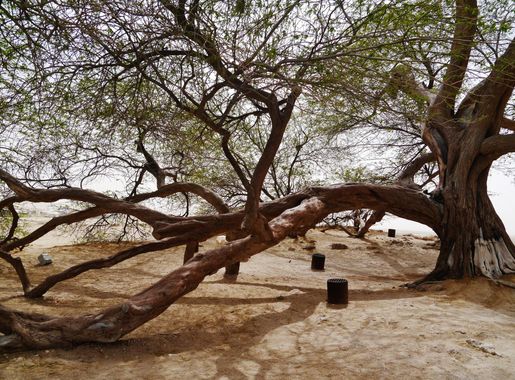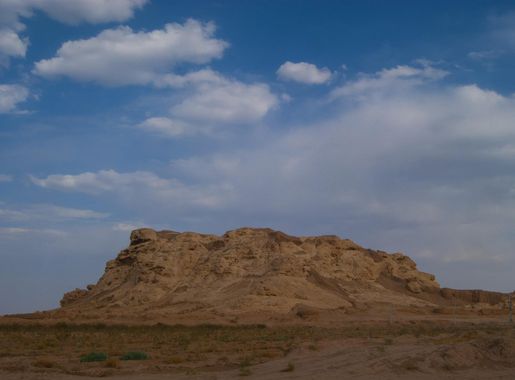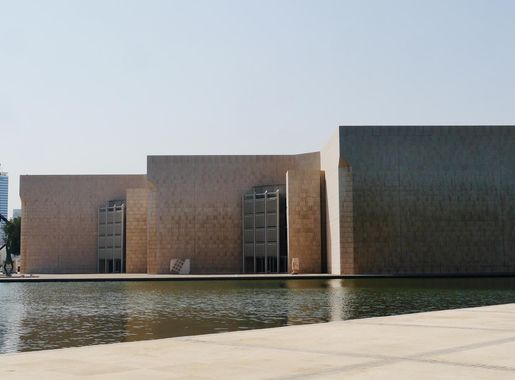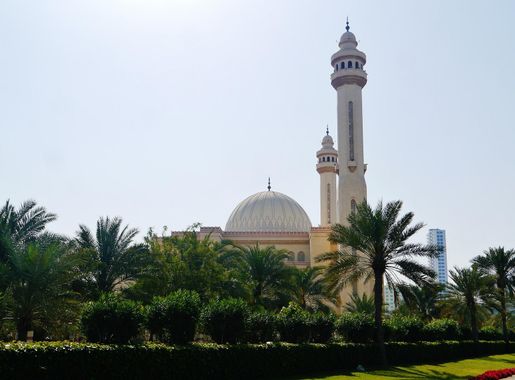
The Enigmatic Tree of Life in Bahrain
Discover the mysterious Tree of Life in Bahrain, a 400-year-old natural wonder that stands resilient in the harsh desert, inspiring awe and curiosity among visitors.
Located in the heart of the Bahrain desert, the Tree of Life is a marvel of nature and a symbol of resilience. This solitary tree has been standing for over 400 years, defying the harsh desert conditions. Its survival remains a mystery as there is no obvious water source nearby. This unique spectacle draws thousands of curious visitors each year, eager to witness its grandeur. The Tree of Life is more than just a natural wonder; it is steeped in local folklore and legend. Some believe it is nourished by underground springs, while others think it holds mystical powers. The tree has become a symbol of hope and endurance, inspiring both locals and tourists alike. When visiting the Tree of Life, you'll find a small visitor center nearby. Here, you can learn more about the tree's history and the various theories surrounding its survival. The site is open year-round, and its remote location offers a serene setting away from the bustling city life. Make sure to bring a camera to capture this incredible landmark and the endless desert landscape that surrounds it.
Local tips in Tree of Life
- Visit early in the morning or late in the afternoon to avoid the intense heat of the desert.
- Bring plenty of water and sun protection, as there are limited facilities nearby.
- Rent a 4x4 vehicle if you plan to explore other parts of the desert.
- Combine your visit with a trip to nearby historical sites like the Bahrain Fort or Al Areen Wildlife Park.
- Respect the natural environment and avoid littering to help preserve this unique site.
The Enigmatic Tree of Life in Bahrain
Located in the heart of the Bahrain desert, the Tree of Life is a marvel of nature and a symbol of resilience. This solitary tree has been standing for over 400 years, defying the harsh desert conditions. Its survival remains a mystery as there is no obvious water source nearby. This unique spectacle draws thousands of curious visitors each year, eager to witness its grandeur. The Tree of Life is more than just a natural wonder; it is steeped in local folklore and legend. Some believe it is nourished by underground springs, while others think it holds mystical powers. The tree has become a symbol of hope and endurance, inspiring both locals and tourists alike. When visiting the Tree of Life, you'll find a small visitor center nearby. Here, you can learn more about the tree's history and the various theories surrounding its survival. The site is open year-round, and its remote location offers a serene setting away from the bustling city life. Make sure to bring a camera to capture this incredible landmark and the endless desert landscape that surrounds it.
When is the best time to go to Tree of Life?
Iconic landmarks you can’t miss
Bab Al Bahrain
Discover the cultural heart of Bahrain at Bab Al Bahrain, a historical landmark blending rich heritage with vibrant local life.
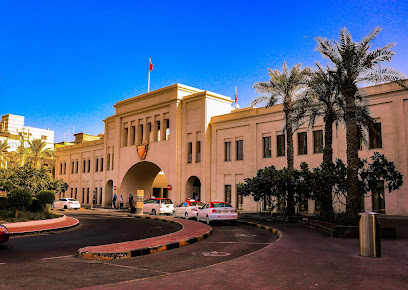
Al Areen Wildlife Park
Discover the beauty and biodiversity of Al Areen Wildlife Park, a sanctuary for wildlife and nature enthusiasts in Bahrain.
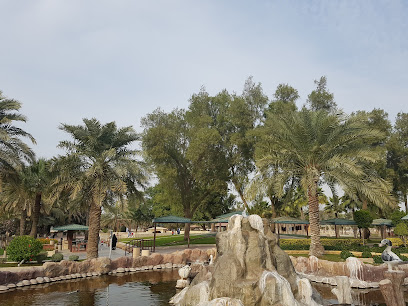
Al Fateh Grand Mosque
Experience the awe-inspiring architecture and rich cultural heritage of Al Fateh Grand Mosque, a must-visit attraction in Manama, Bahrain.

Bahrain Fort
Discover the rich history and breathtaking views at Bahrain Fort, a UNESCO World Heritage site and a must-visit for every tourist in Bahrain.
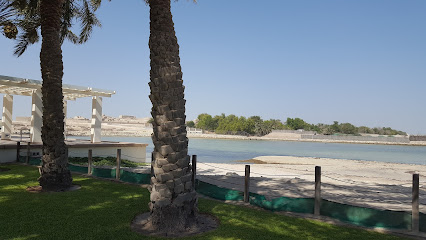
Prince Khalifah Bin Salman Park
Experience the natural beauty and recreational charm of Prince Khalifah Bin Salman Park in Al Hidd, a perfect retreat for relaxation and family fun.
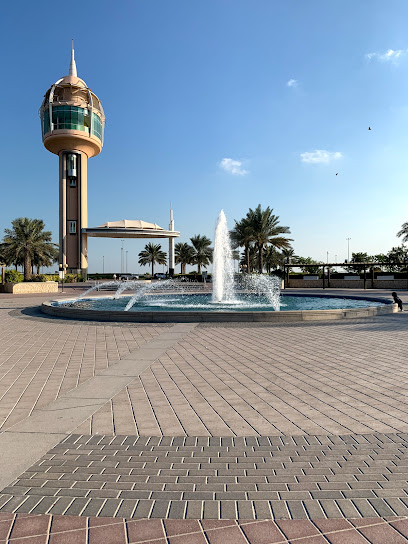
Arad Fort
Explore Arad Fort, a historical gem of Bahrain, showcasing stunning architecture and rich cultural heritage in a serene landscape.
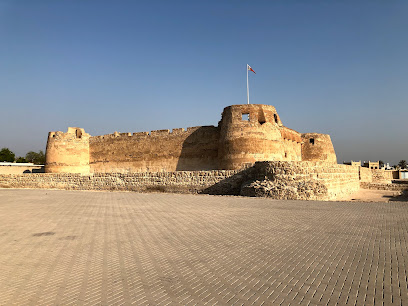
Sheikh Salman bin Ahmed Fort
Explore the rich history and stunning architecture of Sheikh Salman bin Ahmed Fort, a must-visit cultural landmark in Riffa, Bahrain.
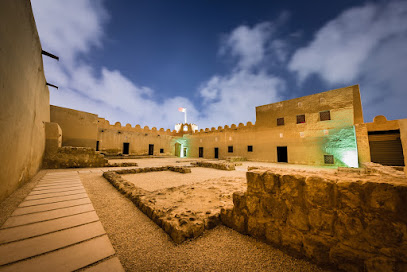
Bahrain Fort Museum
Discover Bahrain's rich heritage at the Bahrain Fort Museum, a cultural gem showcasing ancient artifacts and stunning architecture.
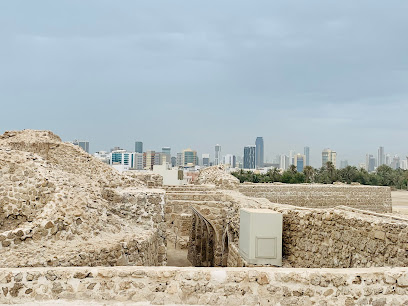
Royal Camel Farm
Explore the Royal Camel Farm in Janabiyah, Bahrain - an enchanting animal park showcasing the beauty and significance of camels in Bahraini culture.
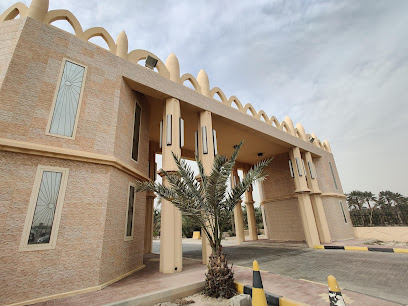
Seyadi House
Discover the rich history of Bahrain at Seyadi House, a beautifully preserved historical site in Muharraq that showcases traditional architecture and cultural heritage.
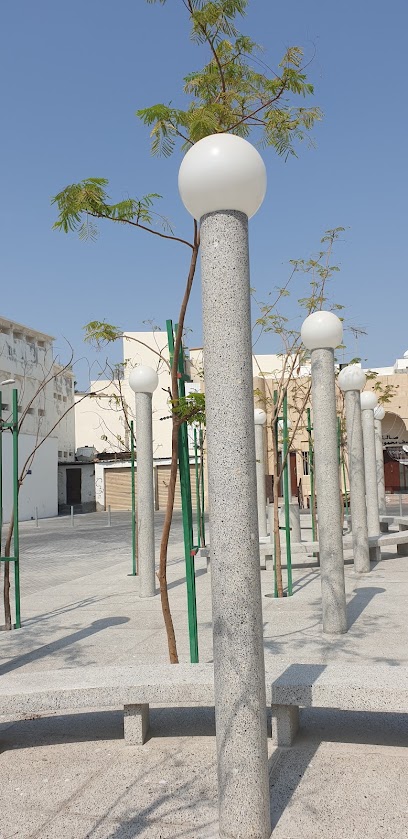
Beit Sheikh Isa Bin Ali Al Khalifa (House)
Explore Beit Sheikh Isa Bin Ali Al Khalifa, a historic house museum that reveals the opulent lifestyle of Bahrain's royal family in the 19th century.
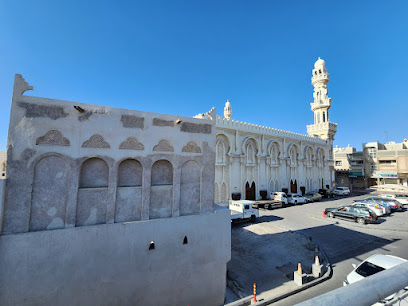
Abdullah Al Zayed House for Bahraini Press Heritage
Discover the captivating history of Bahraini journalism at Abdullah Al Zayed House for Bahraini Press Heritage in Muharraq, a unique cultural gem.
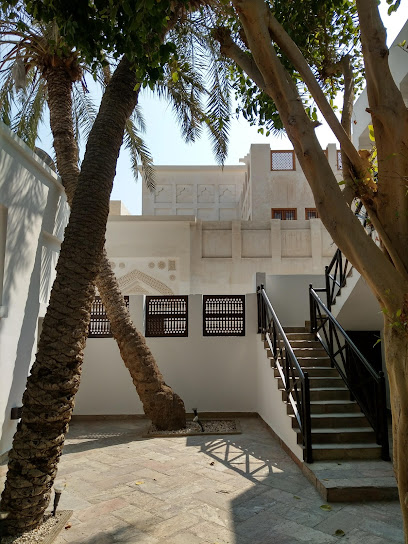
Kurar House
Discover the exquisite art of Kurar embroidery at Kurar House, a cultural gem in Muharraq, Bahrain, where tradition and craftsmanship come to life.
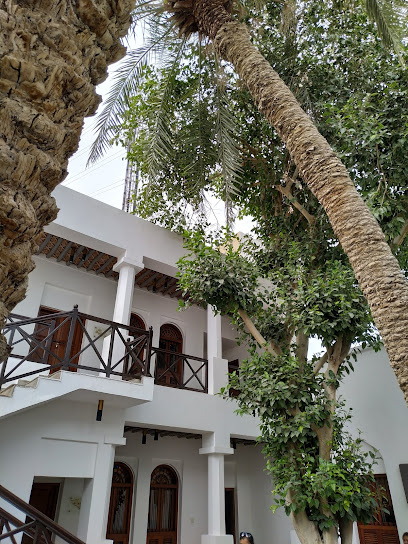
Bahrain Mangrove Forest, غابة أشجار القرم
Explore the breathtaking Bahrain Mangrove Forest, a nature lover's paradise filled with diverse wildlife and stunning landscapes in the heart of Bahrain.
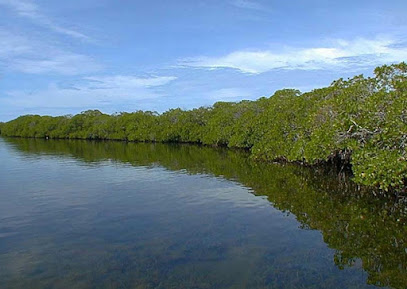
Three Sad Tree
Experience the rich heritage and serene atmosphere at the Three Sad Tree Museum in Manama, Bahrain, where culture and history intertwine beautifully.
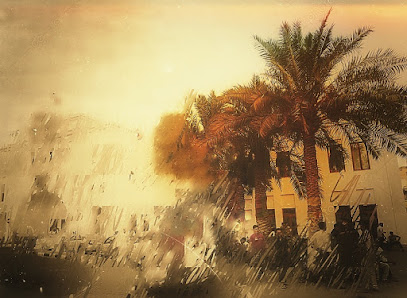
Unmissable attractions to see
Malkiya Beach
Discover the tranquility of Malkiya Beach, a hidden gem in Bahrain known for its stunning shoreline, family-friendly atmosphere, and breathtaking sunsets.
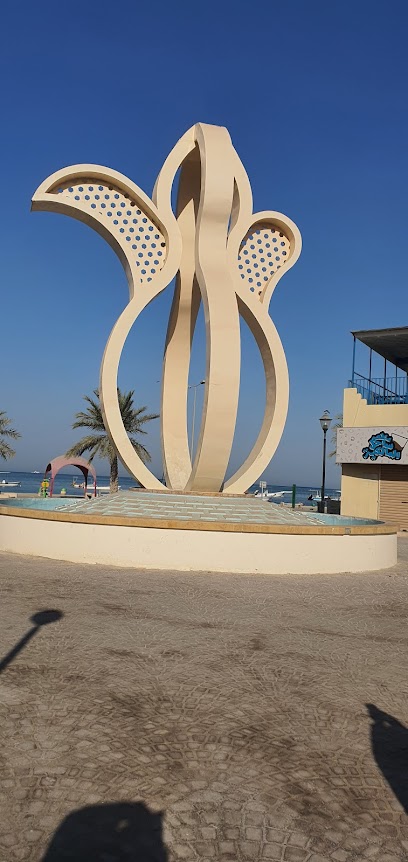
Gravity Indoor Skydiving
Experience the ultimate thrill at Gravity Indoor Skydiving in Bahrain, where adventure meets safety in a state-of-the-art wind tunnel.
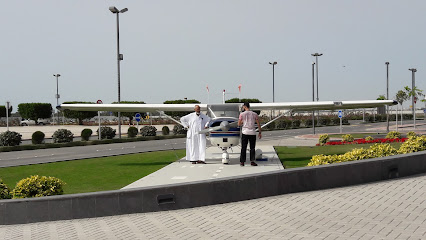
Durga Mata Temple, Bramco
Explore the tranquil Durga Mata Temple in Riffa, a cultural gem offering spiritual insights and stunning architecture amidst serene surroundings.
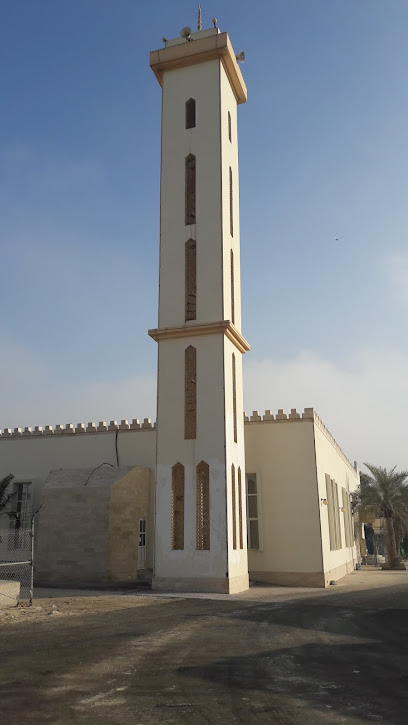
Ain Al Shuyukh Water Well
Explore the historical significance of Ain Al Shuyukh Water Well, a serene landmark in Jaww, Bahrain, showcasing the region's rich cultural heritage.

Essential places to dine
Tabreez Restaurant
Experience authentic Arab cuisine at Tabreez Restaurant in South Sehla—where tradition meets flavor in every bite.
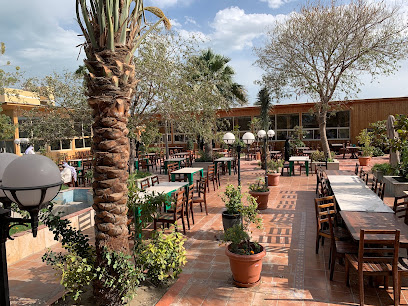
Café Lilou
Experience the essence of French cuisine at Café Lilou in Manama's Adliya district, perfect for breakfast lovers seeking quality and ambiance.
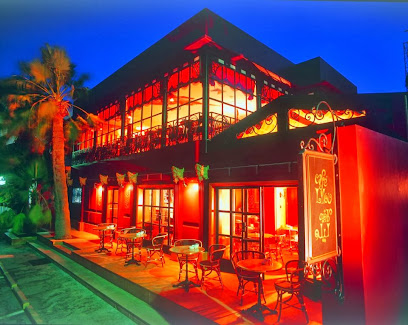
The Orangery
Discover exquisite breakfasts and delightful pastries at The Orangery in Manama's Palmyard Hotel - your perfect culinary retreat.
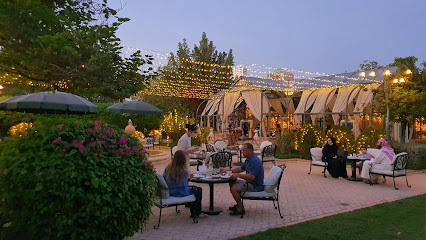
Trader Vic's
Experience exquisite dining at Trader Vic's in Seef – where international flavors meet tropical vibes for an unforgettable culinary journey.
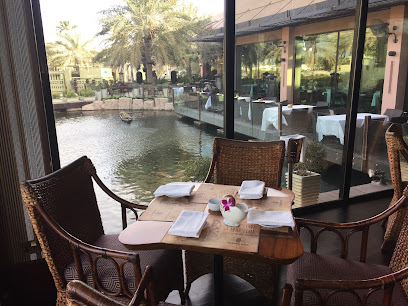
Karavali Restaurant
Experience authentic Karnataka flavors at Karavali Restaurant - a top destination for seafood and South Indian delights in Manama.
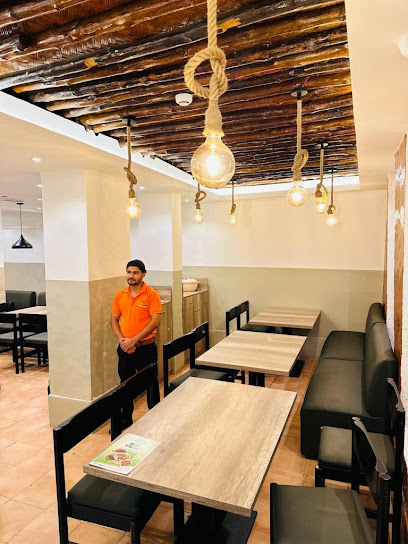
Fatto
Savor authentic Italian dishes at Fatto in Seef – where every meal feels like a journey to Italy with delightful flavors and inviting ambiance.
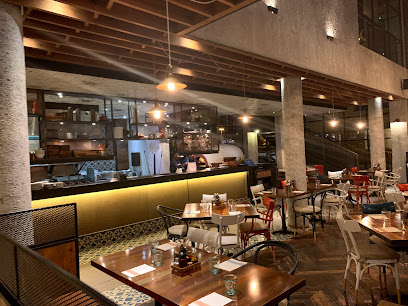
Monsoon
Experience authentic Asian flavors at Monsoon in Manama, where every dish is crafted with passion and freshness.
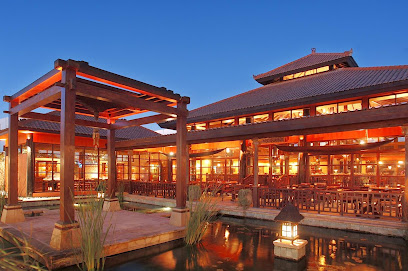
Gallery 21
Discover exquisite dining at Gallery 21 in Manama - where contemporary style meets traditional Bahraini flavors.
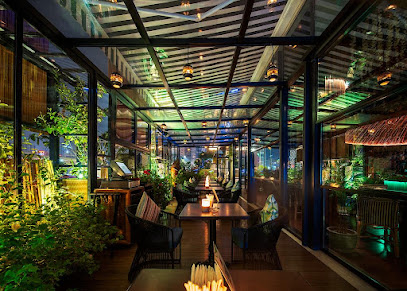
ATTIC
Experience exquisite Greek cuisine at ATTIC in Manama - where tradition meets modern elegance for an unforgettable dining experience.
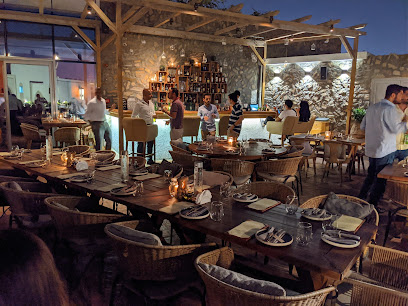
Lumee Street - Al Aali Mall
Experience culinary excellence at Lumee Street - Al Aali Mall in Seef, where diverse flavors meet warm hospitality.
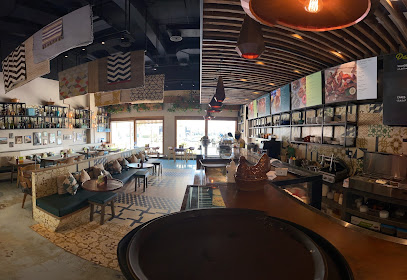
Oliveto
Experience the essence of Italy at Oliveto, where exquisite cuisine meets a sophisticated ambiance in the heart of Manama.
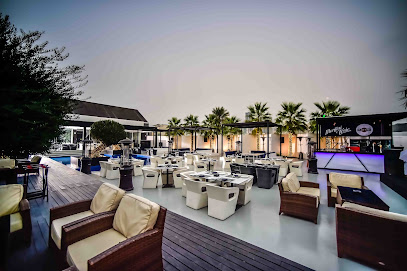
CUT by Wolfgang Puck
Experience exquisite steaks and stunning waterfront views at CUT by Wolfgang Puck, Bahrain's premier fine dining destination.
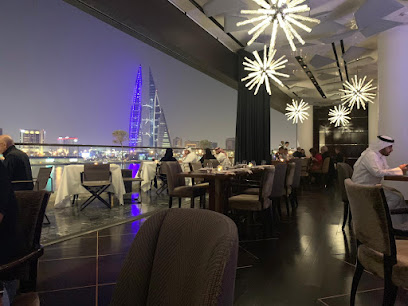
Cantina Kahlo
Savor the essence of Mexico at Cantina Kahlo in Manama—where authentic flavors meet vibrant culture for an unforgettable dining experience.
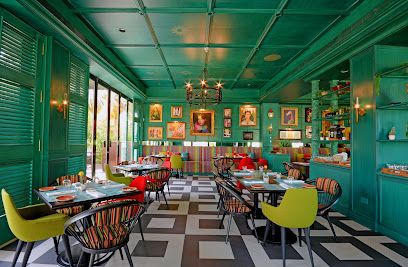
Rasoi by Vineet
Experience the exquisite flavors of India at Rasoi by Vineet in Manama - where tradition meets innovation in every dish.
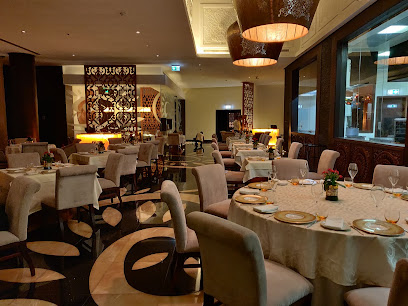
Camelot Restaurant and Lounge
Experience exquisite modern European cuisine at Camelot Restaurant and Lounge in Manama's vibrant Adliya district.

Markets, malls and hidden boutiques
City Centre Bahrain
Explore a shopper's dream at City Centre Bahrain with diverse stores, dining, and entertainment options for an unforgettable experience.
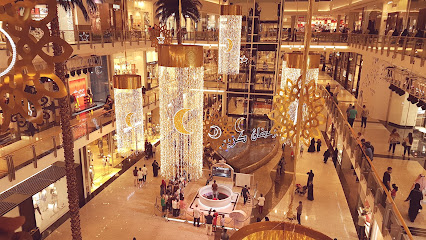
The Avenues
Discover luxury shopping, exquisite dining, and vibrant entertainment at The Avenues, Bahrain's top shopping mall.
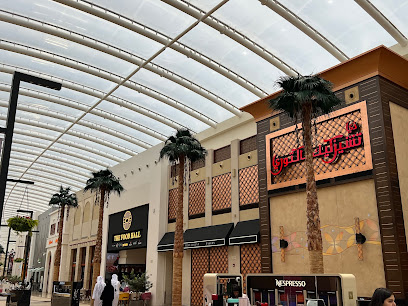
Dragon City Bahrain
Discover a vibrant shopping experience at Dragon City Bahrain, where local culture meets international brands in a stunning shopping mall.
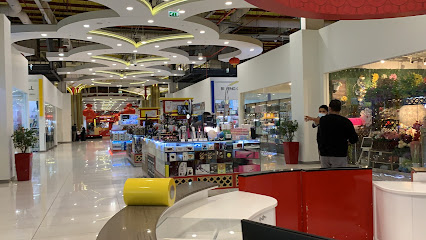
Carrefour
Discover a world of shopping at Carrefour in Manama, where quality meets convenience in a vibrant hypermarket setting.
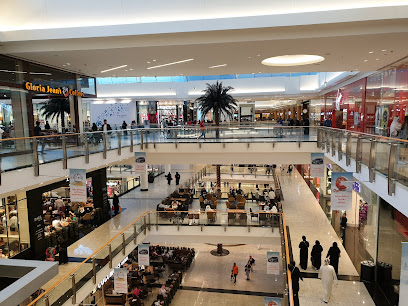
LuLu Hypermarket - Dana Mall
Discover diverse shopping delights at LuLu Hypermarket - Dana Mall, your one-stop destination for local and international products in Manama.
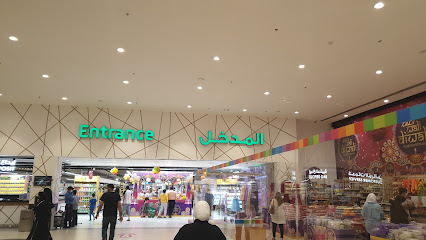
LuLu Hypermarket - Ramli Mall
Explore LuLu Hypermarket at Ramli Mall, your ultimate shopping destination for groceries, fashion, and electronics in A'ali, Bahrain.
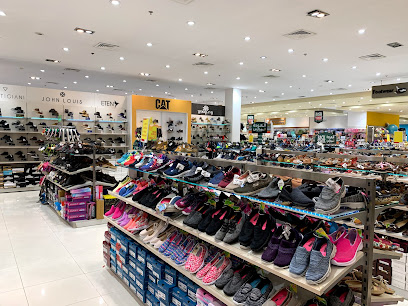
Tree of Life
Discover the enchanting Tree of Life in Jebel Dukhan, a symbol of resilience and beauty in Bahrain's stunning desert landscape.
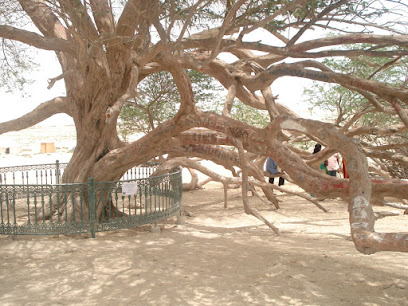
LuLu Hypermarket - Juffair Mall
Discover the ultimate shopping experience at LuLu Hypermarket in Juffair Mall, offering diverse products and vibrant atmosphere for every traveler.
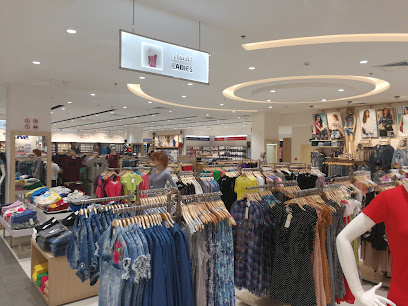
ZUHOOR AL MUHARRAQ SWEETS
Experience the sweet side of Bahrain at Zuhoor Al Muharraq Sweets, where tradition meets taste in a delightful array of local confections.
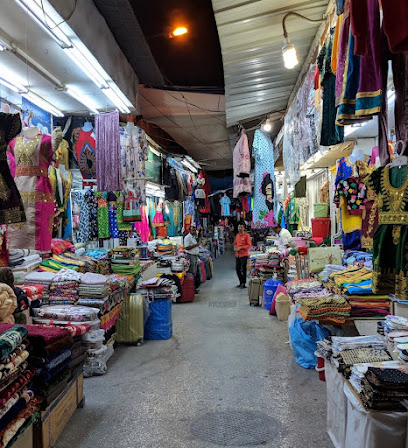
Manazil
Discover Manazil, Bahrain's ultimate home improvement store, featuring everything from garden supplies to festive decorations for your perfect home makeover.
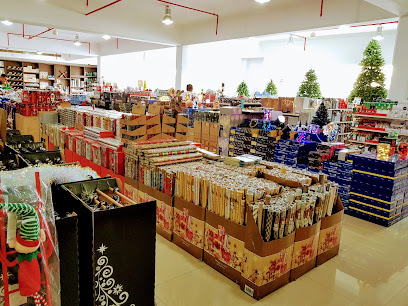
Carrefour Bahrain Mall
Experience the best of shopping at Carrefour Bahrain Mall, your one-stop destination for groceries, clothing, and electronics in Sanabis.

LuLu Hypermarket - Galleria
Explore a world of shopping at LuLu Hypermarket - Galleria in Manama, where local flavors and global brands come together under one roof.
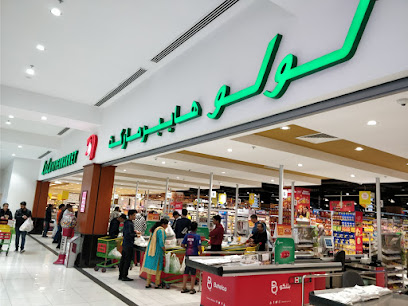
Lulu Hypermarket - Sar
Discover the ultimate shopping experience at Lulu Hypermarket in Janabiyah, where local flavors meet global brands in a vibrant atmosphere.
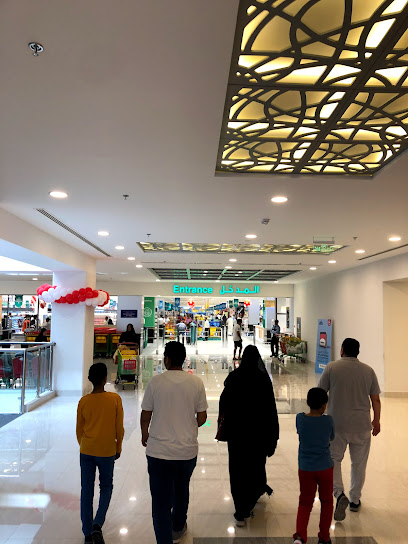
Al Hayat Shopping Centre
Explore Al Hayat Shopping Centre in Manama for an unforgettable shopping and dining experience that reflects the vibrant culture of Bahrain.

Mega Mart Lulu Center Manama
Explore Mega Mart Lulu Center in Manama: A vibrant supermarket offering local and international flavors, fresh produce, and a unique shopping experience.

Essential bars & hidden hideouts
Trader Vic's
Experience the vibrant culinary scene at Trader Vic's in Seef, where exotic flavors and stunning waterfront views create the perfect dining experience.

JJ's Irish Restaurant
Savor the flavors of Ireland at JJ's Irish Restaurant, where traditional dishes and warm hospitality create unforgettable dining experiences in Manama.
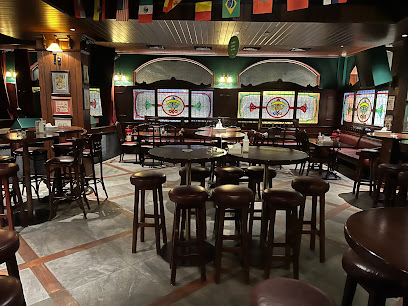
Hazel Rooftop Lounge
Discover the exquisite Hazel Rooftop Lounge in Manama, offering breathtaking views and a gourmet dining experience in a luxurious setting.

Old Beams Restaurant
Discover the cozy charm of Old Beams Restaurant, a delightful pub in Manama offering delicious food and a great selection of drinks.
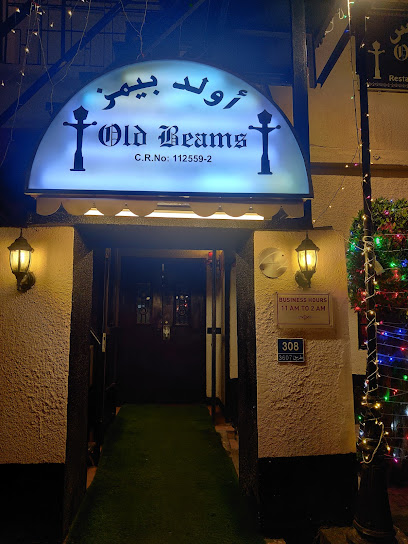
British Club
Discover the British Club in Manama: A vibrant social club offering delicious food, refreshing drinks, and a sense of community in the heart of Bahrain.
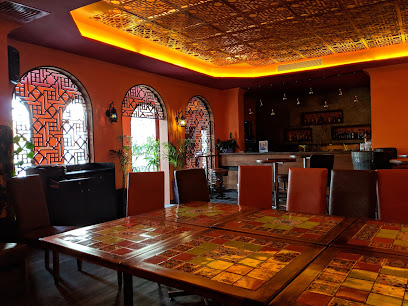
KYRO Lounge & Restaurant
Discover the vibrant flavors and chic ambiance of KYRO Lounge & Restaurant, a culinary gem in Qudaibiya, Manama.
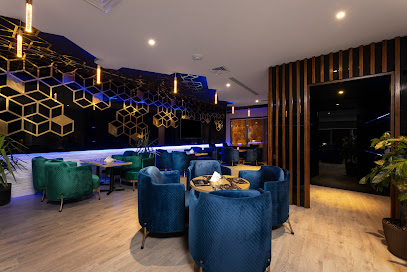
Klub 360
Experience the heartbeat of Manama's nightlife at Klub 360, where music, dance, and unforgettable moments await you!
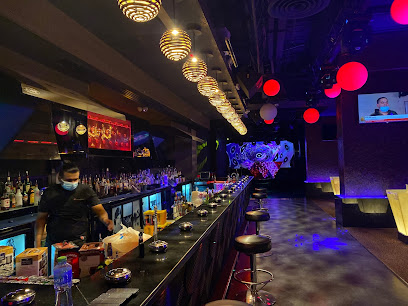
Sherlock Holmes
Experience the unique ambiance of Sherlock Holmes Bar in Manama, where classic drinks meet British charm in a cozy setting.
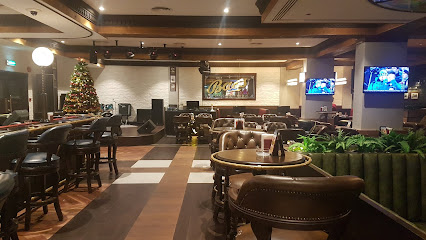
The Quarry
Experience an unforgettable evening at The Quarry, where exquisite dining meets captivating performances in the heart of Bahrain.
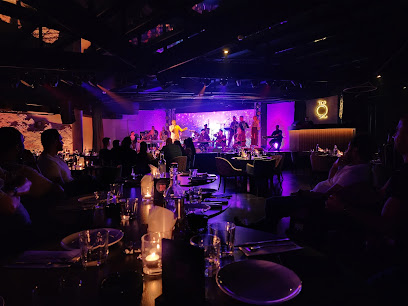
Grand Yard House Bahrain
Discover Grand Yard House Bahrain, the ultimate sports bar experience in Manama with delicious food, vibrant atmosphere, and live sports.
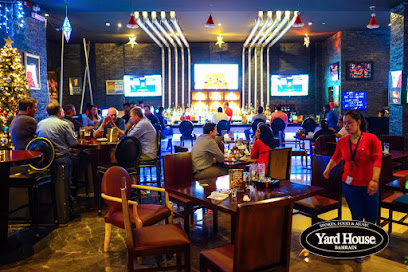
Akaya Bistro
Discover Akaya Bistro, where exquisite dining meets vibrant nightlife in the heart of Manama, Bahrain.
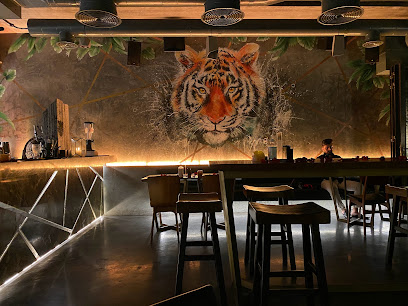
The Burlington Club
Discover the vibrant nightlife at The Burlington Club, a premier bar in Manama's Al Seef District offering exquisite drinks and a sophisticated atmosphere.

BOTANICA
Discover the culinary delights of BOTANICA in Manama, where exquisite flavors meet a lush, tropical ambiance, perfect for your dining experience.
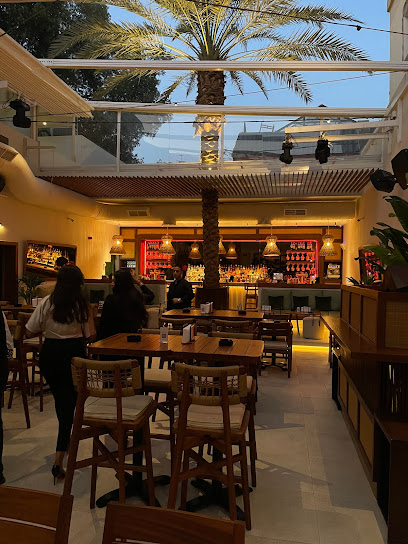
Typhoon Lounge - Gulf Hotel Bahrain
Experience tropical dining and exquisite cocktails at Typhoon Lounge, nestled in the lush gardens of Gulf Hotel Bahrain.
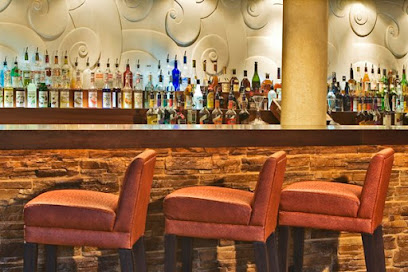
Elements Pool & Lounge
Discover the perfect blend of relaxation and vibrant social life at Elements Pool & Lounge in Manama, Bahrain.
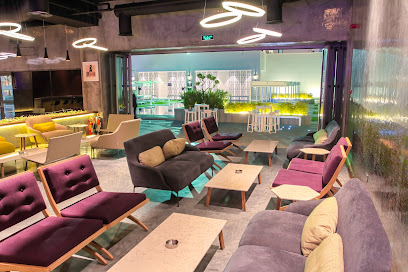
Local Phrases about Tree of Life
-
- Helloمرحبا
[marhaba] - Goodbyeوداعا
[wadaa'an] - Yesنعم
[na'am] - Noلا
[la] - Please/You're welcomeمن فضلك
[min fadlik] - Thank youشكرا
[shukran] - Excuse me/Sorryعذرا
[udhran] - How are you?كيف حالك؟
[kayf halak?] - Fine. And you?بخير. وأنت؟
[bikhayr. wa'ant?] - Do you speak English?هل تتحدث الإنجليزية؟
[hal tatahadath al'injlizia?] - I don't understandأنا لا أفهم
[ana la afham]
- Helloمرحبا
-
- I'd like to see the menu, pleaseأريد أن أرى القائمة، من فضلك
[uridu an ara alqaimah, min fadlik] - I don't eat meatأنا لا آكل اللحوم
[ana la akl allahum] - Cheers!في صحتك!
[fi sahtik!] - I would like to pay, pleaseأريد أن أدفع، من فضلك
[uridu an adfa', min fadlik]
- I'd like to see the menu, pleaseأريد أن أرى القائمة، من فضلك
-
- Help!النجدة!
[alnajdah!] - Go away!انصرف!
[ansarif!] - Call the Police!اتصل بالشرطة!
[atsil bialshurta!] - Call a doctor!اتصل بطبيب!
[atsil bialtabib!] - I'm lostلقد ضللت الطريق
[laqad dalalt altariq] - I'm illأنا مريض
[ana mareed]
- Help!النجدة!
-
- I'd like to buy...أريد أن أشتري...
[uridu an ashtari...] - I'm just lookingأنا فقط أتفرج
[ana faqat atafaraj] - How much is it?كم سعرها؟
[kam siroha?] - That's too expensiveهذا غالي جدا
[hatha ghali jiddan] - Can you lower the price?هل يمكنك خفض السعر؟
[hal yumkinuka khaif alsiroh?]
- I'd like to buy...أريد أن أشتري...
-
- What time is it?كم الوقت؟
[kam alwaqt?] - It's one o'clockالساعة الواحدة
[alsa'ah alwahidah] - Half past (10)النصف بعد (10)
[alnusf ba'd (10)] - Morningصباح
[sabah] - Afternoonمساء
[masa] - Eveningمساء
[masa] - Yesterdayأمس
[ams] - Todayاليوم
[alyawm] - Tomorrowغدا
[ghadan] - 1واحد
[wahid] - 2اثنان
[ithnan] - 3ثلاثة
[thalatha] - 4أربعة
[arba'a] - 5خمسة
[khamsa] - 6ستة
[sitta] - 7سبعة
[sab'a] - 8ثمانية
[thamania] - 9تسعة
[tis'a] - 10عشرة
[ashara]
- What time is it?كم الوقت؟
-
- Where's a/the...?أين هو/هي...؟
[ayn huwa/hiya...?] - What's the address?ما هو العنوان؟
[ma huwa al'unnwan?] - Can you show me (on the map)?هل يمكنك أن تريني (على الخريطة)؟
[hal yumkinuka an tarini (ala alkharitah)?] - When's the next (bus)?متى القادم (الحافلة)؟
[mata alqadim (alhafilah)?] - A ticket (to ....)تذكرة (إلى ....)
[tazkirah (ila ....)]
- Where's a/the...?أين هو/هي...؟
History of Tree of Life
-
The Tree of Life, or 'Shajarat-al-Hayat,' is a 400-year-old mesquite tree located in the Arabian Desert of Bahrain. Standing alone in the barren desert, it has become an iconic symbol of Bahrain's rich history and resilience. Despite harsh conditions, the tree thrives, leading to its name and legendary status.
-
Located approximately 2 kilometers from the Jebel Dukhan mountain, the highest point in Bahrain, the Tree of Life's location is intriguing due to the lack of any obvious water source. This has led to various theories about underground aquifers or the tree's deep root system tapping into unseen water reserves.
-
There are numerous legends surrounding the Tree of Life. Some believe it to be the last vestige of the Garden of Eden, while others attribute its survival to divine intervention. Historical records from ancient travelers and scholars often reference the tree, adding layers of mystery and allure.
-
For the people of Bahrain, the Tree of Life is more than just a natural wonder; it is a cultural icon. It symbolizes resilience and endurance, traits that resonate deeply with the Bahraini people. The site is frequently visited by locals and tourists alike, making it a cultural and social hub.
-
Recent archaeological excavations around the Tree of Life have revealed artifacts dating back to the Dilmun civilization, suggesting that the area has been significant for millennia. These findings include pottery, tools, and remnants of ancient settlements, indicating that the tree has long been a focal point for human activity.
-
The Tree of Life stands as a testament to nature's resilience. Its survival in such an arid environment has sparked scientific studies aimed at understanding its unique adaptations. These studies contribute to broader ecological and environmental knowledge, particularly in the context of desert ecosystems.
-
Today, the Tree of Life attracts thousands of visitors annually. It has become a pilgrimage site for those seeking spiritual solace, inspiration, or simply the marvel of its existence. The Bahraini government has taken steps to preserve and protect the site, ensuring its longevity for future generations.
Tree of Life Essentials
-
The Tree of Life is located in the southern desert of Bahrain, approximately 2 kilometers from the Jebel Dukhan. The nearest international airport is Bahrain International Airport (BAH) in Manama, the capital city, which is about 40 kilometers away. From the airport, you can take a taxi or rent a car to reach the Tree of Life. The journey typically takes around 45 minutes by road. Alternatively, you can book a guided tour that includes transportation to and from the site.
-
For transportation within Bahrain, taxis and ride-hailing services like Uber and Careem are readily available and convenient. Renting a car is another popular option, especially if you plan to explore other parts of Bahrain beyond the Tree of Life. Public buses also operate but may not reach the remote location of the Tree of Life, so private transport is recommended for this destination.
-
The official currency in Bahrain is the Bahraini Dinar (BHD). Credit and debit cards are widely accepted in hotels, restaurants, and major shops in Manama, but it's advisable to carry some cash for smaller purchases and when visiting rural areas like the Tree of Life. ATMs are available in Manama and other major towns, so withdraw sufficient cash before heading to remote areas.
-
Bahrain is generally a safe destination for tourists, including the area around the Tree of Life. However, as with any travel destination, it's wise to take standard precautions. Avoid wandering alone in isolated areas after dark and keep an eye on your belongings, especially in crowded places. There are no specific high-crime areas targeting tourists, but always stay vigilant.
-
In case of emergency, dial 999 for immediate assistance. The nearest medical facilities and police stations are located in Manama. It is recommended to have travel insurance that covers medical emergencies. For minor health issues, there are pharmacies in Manama where you can purchase over-the-counter medications.
-
Fashion: Do dress modestly, especially when visiting religious or cultural sites. Avoid wearing revealing clothing. Religion: Do respect local customs and traditions. Public Transport: Do be respectful and give up your seat to elderly passengers. Don’t eat or drink on public transport. Greetings: Do greet people with a handshake. A slight bow of the head is also a sign of respect. Eating & Drinking: Do try local delicacies and accept food offerings graciously. Don’t refuse hospitality, as it is considered impolite.
-
To experience the Tree of Life like a local, consider visiting during the cooler months from November to February. Engage with locals and guides who can share stories and the history of the tree. Bring plenty of water and sun protection, as the desert climate can be harsh. Don't miss the nearby Jebel Dukhan, the highest point in Bahrain, for a panoramic view of the surrounding desert.
Trending Landmarks in Tree of Life
-
Bab Al Bahrain
-
Al Areen Wildlife Park
-
Al Fateh Grand Mosque
-
Bahrain Fort
-
Prince Khalifah Bin Salman Park
-
Arad Fort
-
Sheikh Salman bin Ahmed Fort
-
Bahrain Fort Museum
-
Royal Camel Farm
-
Seyadi House
-
Beit Sheikh Isa Bin Ali Al Khalifa (House)
-
Abdullah Al Zayed House for Bahraini Press Heritage
-
Kurar House
-
Bahrain Mangrove Forest, غابة أشجار القرم
-
Three Sad Tree
Nearby Cities to Tree of Life
-
Things To Do in Riffa
-
Things To Do in Sitra
-
Things To Do in Isa Town
-
Things To Do in Saar
-
Things To Do in Juffair
-
Things To Do in Manama
-
Things To Do in Budaiya
-
Things To Do in Muharraq
-
Things To Do in Amwaj Islands
-
Things To Do in Al Khobar
-
Things To Do in Al Shamal
-
Things To Do in Dammam
-
Things To Do in Al Sheehaniya
-
Things To Do in Al Khor
-
Things To Do in Al Daayen

